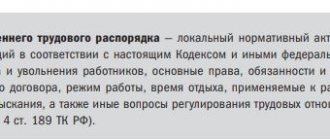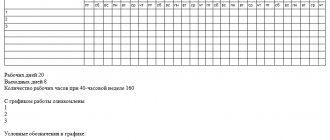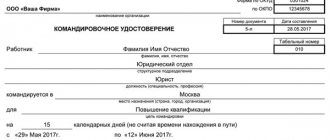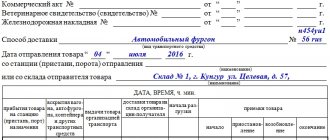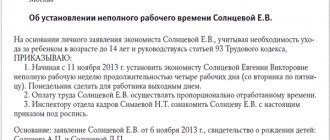360 degree assessment is a method of identifying the team’s opinion on an employee’s competence using a survey. At its core, it is a method of collecting feedback to improve the overall performance of the team and its key employees.
The survey involves the person being assessed (most often this is a manager), his subordinates (all or selectively from 3 to 5 people), colleagues with whom this manager interacts at work (3 to 5 people), senior managers (from 1 to 3 people , if they directly interact in work).
The various categories of employees who participate in the assessment of competencies* are called respondents. Sometimes external or internal clients are included in the survey, but they do not evaluate all aspects of the manager’s activities based on competencies, but only those that they encounter.
*Competencies are a set of knowledge, skills, personal qualities and motives described in the language of observable behavior, in other words, in the language of behavioral indicators.
The 360-degree personnel assessment method is called “circular” assessment . It applies only to those employees who have worked in the company for at least 1 year and have managed to build relationships in the team and prove themselves.
Different respondents fill out the same questionnaire, consisting of a set of behavioral indicators, and use the same rating scale. Respondents are selected by a personnel service employee who knows who interacts with whom at work.
Subordinates and colleagues fill out questionnaires anonymously, their ratings are averaged and compared with the opinion of the person being assessed and the opinion of senior managers. Thus, it is possible to draw conclusions about the consistency of opinions and identify the strengths and weaknesses of the leader by summarizing the results. To ensure valid*** results, it is necessary to properly organize the procedure and conduct preliminary work with staff.
***( Validity is a measure of the extent to which the research methodology and results correspond to the stated objectives)
This personnel assessment methodology allows you to collect information on the level of development of a manager’s competencies from different points of view, and to predict the picture of his effectiveness in the organization.
We introduce the concept of 360 diagnostics, rather than assessment, because this methodology is a way of collecting an array of data regarding certain criteria. Diagnostics is the process of recognizing a problem and naming it using accepted terminology, that is, establishing a slice of data as it currently exists and identifying areas for development or change.
primary goal
Our goal is to compare our own subjective assessment with subjective assessments at different levels: to understand how they see us from the outside.
This will allow you to come to an awareness of your strengths and weaknesses by comparing your self-esteem with the opinions of others. After all, if we do not understand what impression our actions, habits, character traits, and attitude towards the world make on others, we cannot develop effectively. Remember your impressions when you first heard your voice recorded or saw yourself on video. As a rule, people are shocked. The impressions are negative, we don’t like ourselves. However, we have looked in the mirror many times and heard our voice, but those around us see and hear something different. We tend to see ourselves the way we want, not to notice something, to focus on something pleasant. Continuing the topic of video or voice recording, we can say that when you stop annoying yourself in the recording, it means you have learned to adequately see yourself from the outside.


